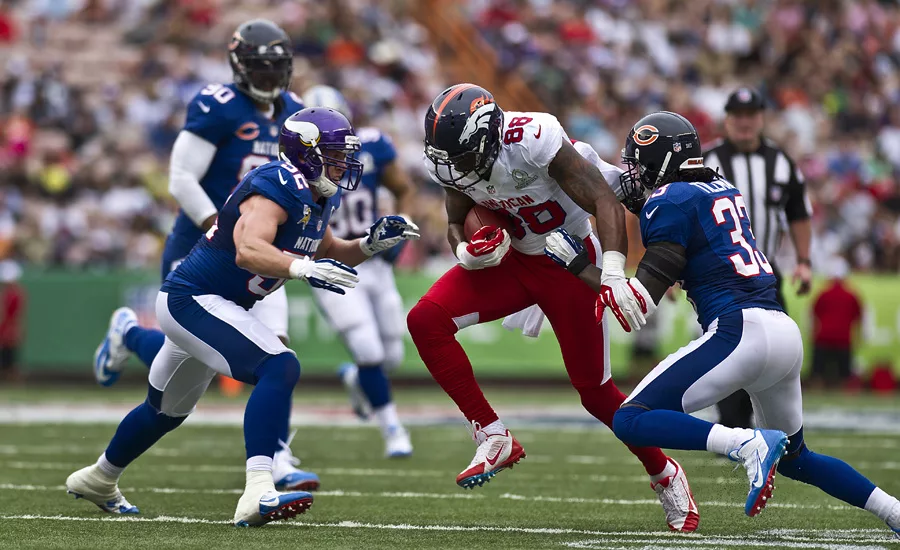Don’t fumble good food safety principles this Super Bowl

Let’s face it, Americans love the Super Bowl. And it’s not just the game which draws a crowd, no, it’s often the food (and partly the commercials) that steals the show.
But as millions of hungry fans gather this weekend to watch the most televised program in the US, food safety can often take a back seat to the festivities. With more than 1.3 billon chicken wings and 4 million pizzas expected to be eaten during the big game, there are plenty of opportunities for a food safety penalty to occur, according to USDA.
“This Super Bowl Sunday, sports fans across the US will have a great time watching the game with friends and family, while sharing some of our favorite foods that we are fortunate in this country to enjoy,” says Al Almanza, USDA deputy under secretary for food safety. “A long game and a big crowd means more opportunities for food poisoning, but some easy precautions can go far in preventing illness.”
To stay safe this Super Bowl, USDA’s Food Safety and Inspection Service has pulled together the following key food safety plays:
-To escape a delay of game, use effective clock management with your food. Perishable foods should not be kept at room temperature for more than two hours. Switch out these items during half time to prevent the same foods from sitting out the whole game.
-Avoid a holding call by keeping hot food hot and cold food cold. Food should remain at a safe temperature and out of the “Danger Zone.” The Danger Zone is the temperature range between 40 °F and 140 °F where bacteria multiply rapidly.
-Avoid a false start by using a food thermometer to ensure that meat and poultry are cooked to a safe internal temperature.
-Raw beef, pork, lamb and veal should be cooked to 145°F with a three minute rest time.
-Raw ground beef, pork, lamb, and veal should be cooked to 160 °F.
-All cuts of poultry should reach at least 165 °F.
-Many cooks think they can finish their cooking play in the kitchen by checking the color and texture of meat or poultry. The only way to safely know if cooking is over and food is ready to eat is by using a food thermometer.
-Prevent an illegal use of the hands by making sure to thoroughly wash your hands before starting to prepare food, after handling any raw meat or poultry and trash, and after finishing cooking. Thoroughly wash hands by using hot water and soap for at least 20 seconds. “Splashing and dashing” doesn’t count.
Looking for a reprint of this article?
From high-res PDFs to custom plaques, order your copy today!




